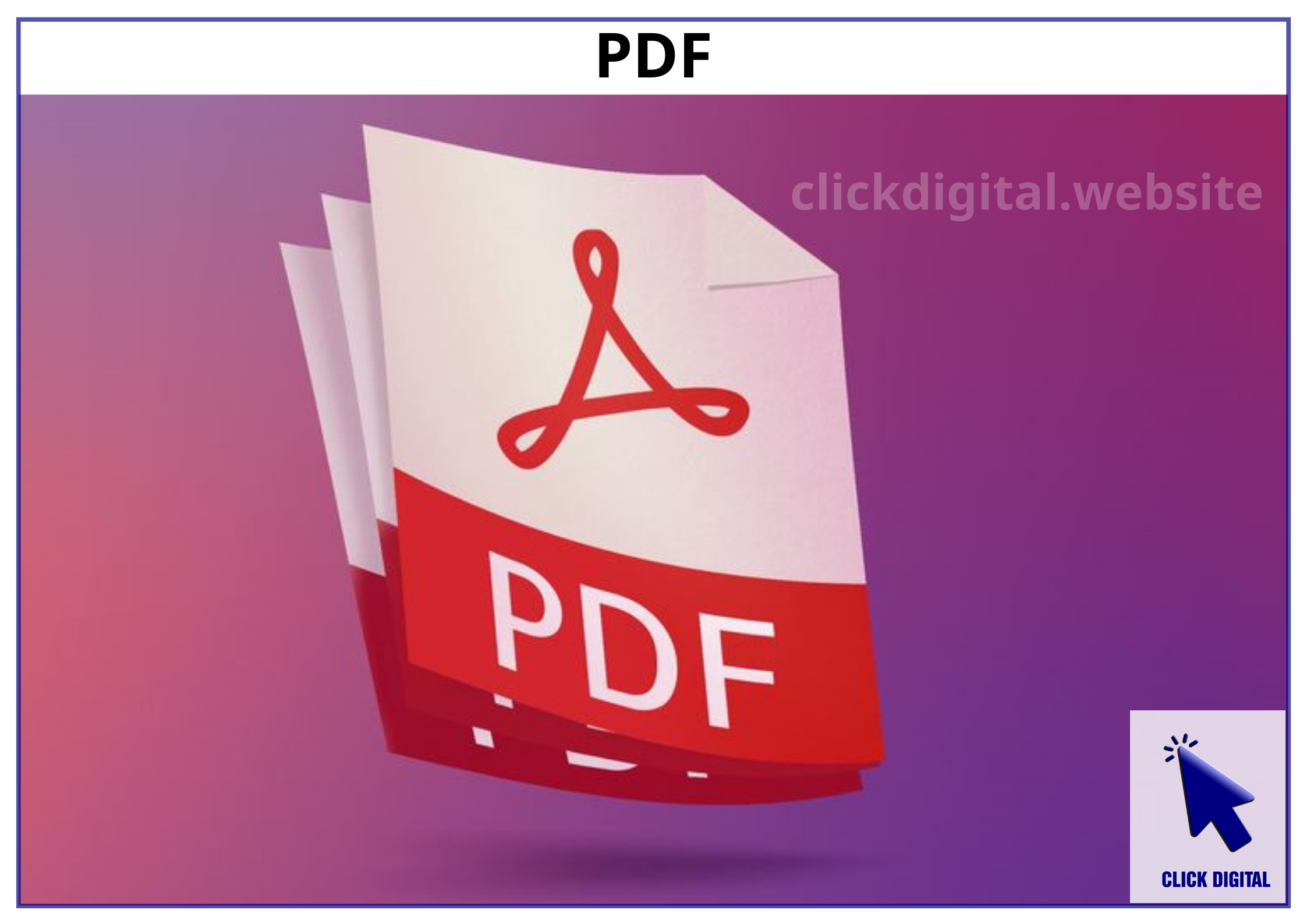Do you want to use Python to extract text from PDF files but are encountering issues with tables? This often results in the extracted text being mixed with information from the tables, negatively impacting the effectiveness of Retrieval-Augmented Generation (RAG). Have you tried using pdfplumber as suggested by ChatGPT but still haven’t found success? Don’t worry, you’re not alone! Many others face this same challenge. This article will help you explore various solutions to overcome this problem.
Table of Contents
Why do traditional PDF parsers struggle with tables?
The majority of current PDF parsers operate based on rules (rule-based). These parsers often perform poorly when encountering tables and text formatted in multiple columns. It’s clear that simple rules can’t handle the complexity of tables, such as the different rows, columns, and cells. As a result, the parser extracts all the text within the table, including column headers and cell content, leading to undesirable outcomes.
Solutions for you: Enhancing accuracy with tools that combine Computer Vision (CV)
To address this issue, you can explore solutions that integrate Computer Vision (CV) for more precise information extraction. Here are some helpful tools you can consider:
PyMuPDF: This is a powerful rule-based parser, known for its speed and ability to run entirely on the CPU. https://pymupdf.readthedocs.io/
Marker: While slower and requiring a GPU due to its CV integration, Marker offers higher accuracy than PyMuPDF. It can detect tables, separate sections, effectively recognize LaTeX, and handle multi-column text. https://github.com/VikParuchuri/marker
Azure Document Intelligence: This tool can detect tables, barcodes, and various other information, at an affordable price. Additionally, Azure Document Intelligence provides APIs for integration into your applications.
Tesseract: Tesseract is an open-source OCR (Optical Character Recognition) tool that can be used to recognize text from images. You can combine Tesseract with image processing libraries to analyze tables and extract text from cells.
Choosing the right solution for your needs
The selection of a suitable solution depends on your specific needs. If you prioritize speed and CPU processing, PyMuPDF is a suitable option. However, if you need high accuracy and can utilize a GPU, Marker is a more effective solution. Azure Document Intelligence is also a good choice, especially if you need to handle a wide range of complex information. Tesseract is a good choice if you want to use an open-source solution that you can customize.
Comparison of PDF Text Extraction Solutions
| Solution | Advantages | Disadvantages | Suitable Applications |
| PyMuPDF | Fast, CPU-based, pure rule-based | Low accuracy when handling tables and multi-column text | Simple text extraction, prioritizing speed |
| Marker | High accuracy, supports table and multi-column text handling, recognizes LaTeX | Requires GPU, slower than PyMuPDF | Complex text extraction, requiring high accuracy |
| Azure Document Intelligence | Supports various types of information (tables, barcodes,…), integrated APIs, affordable price | Requires account registration and payment | Processing complex PDF files, requiring application integration |
| Tesseract | Open-source, customizable | Accuracy may not be as high as commercial solutions | Extracting text from images, requiring code customization |
Additional References
You can explore other solutions like semantic chunking based on markdown headers, using the MarkdownHeaderTextSplitter from Langchain. This approach can efficiently separate text, especially when working with PDF files structured in markdown. However, this method will not be effective for PDF files that are not structured in markdown.
Review
It’s clear that extracting text from PDFs is a complex task, particularly when PDFs contain tables or are formatted in multiple columns. Traditional rule-based PDF parsers often struggle with these scenarios. Therefore, to achieve high accuracy, solutions combining Computer Vision (CV) are essential. However, choosing the right solution depends on your specific needs, including processing speed, accuracy, integration capabilities, and cost.
Conclusion
Extracting text from PDF files is a common task across various domains, from data analysis and process automation to AI application development. Selecting the right solution is crucial to ensure efficiency and accuracy in data processing. This article has introduced several effective tools and methods to address this issue. Hopefully, this information will help you find the optimal solution for your needs.
The problem of extracting text from PDFs is complex, and no solution is perfect. You need to experiment and choose the solution that best suits your needs and data. Good luck!

